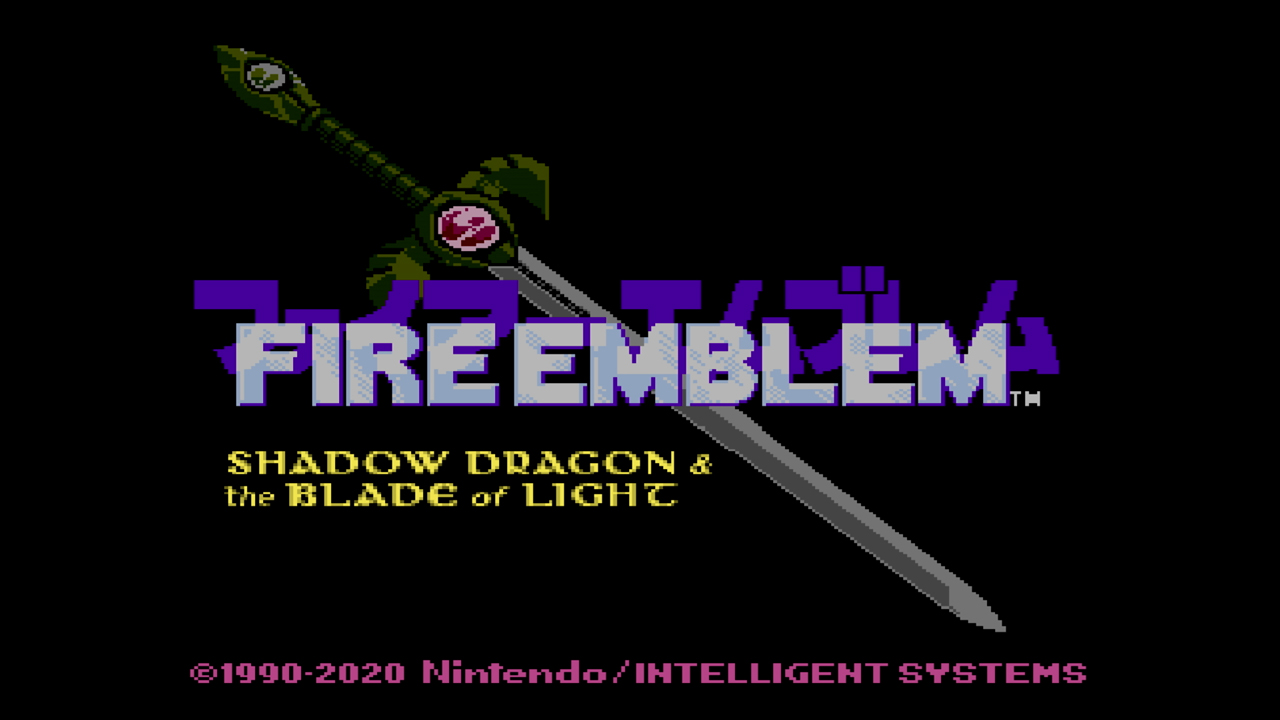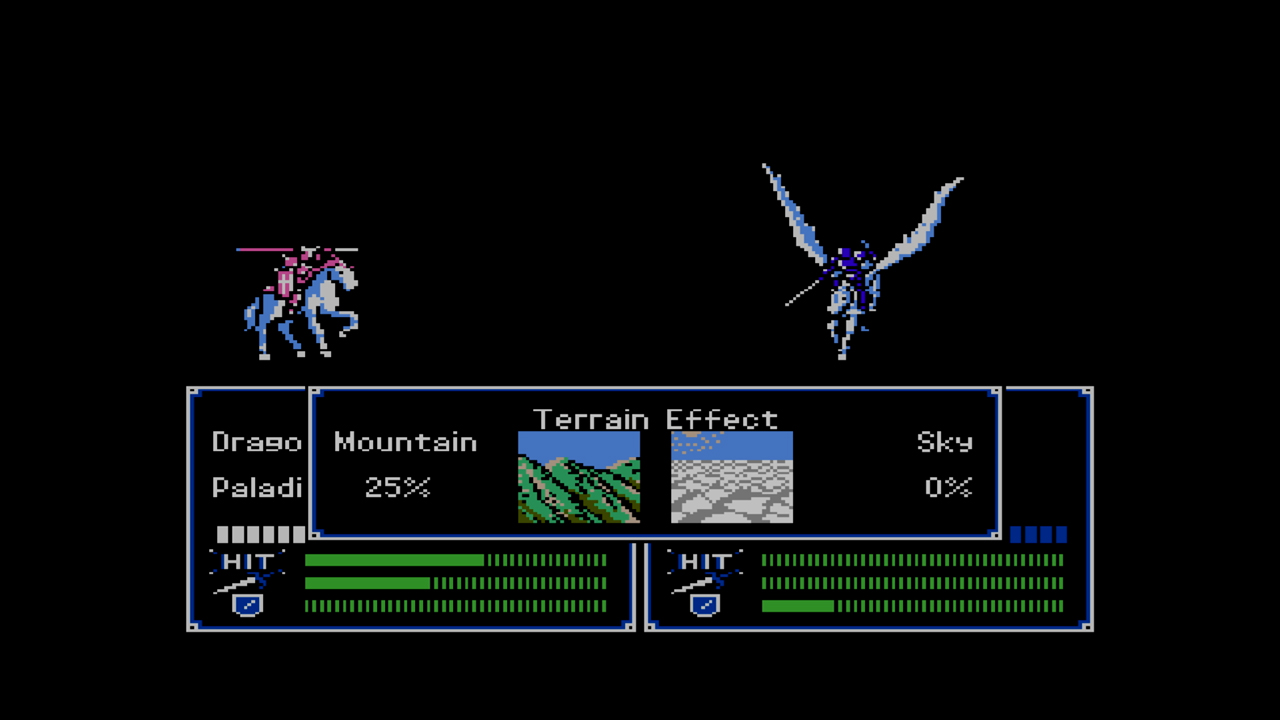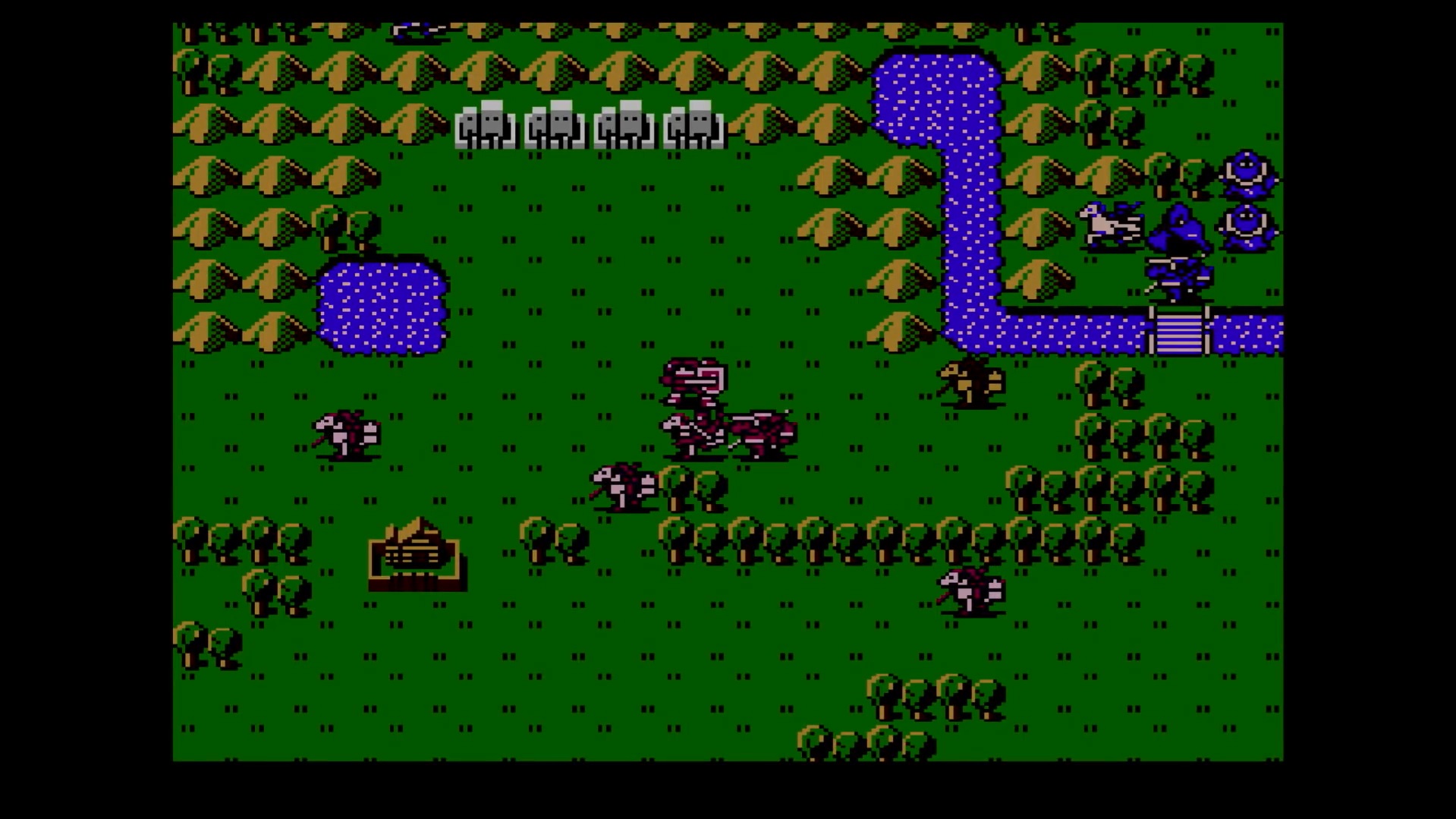I played Fire Emblem: Shadow Dragon and the Blade of Light (1990) this week and it impressed me with its quality for its time. I expected a game that might feel rustic or poorly aged, but the core gameplay and its essence shine strong since the first game. Each unit’s class has its strength and weakness, adding depth and strategy on how to approach the enemy while traversing though a grid map while taking advantage of the terrain to position your units. The world is rich in lore, with a simple story of kingdoms clashing in a medieval fantasy setting with Prince Marth in the center of it with a grand journey. The music, a hallmark of Fire Emblem, is already present in this first title, giving it that distinctive atmosphere. It’s a game well-made with love and attention to details. I can see why this game launched a whole genre and influenced so many others, setting the standard for Tactical RPGs.


In the case of Fire Emblem, I feel it’s a game about micro-managing units. I would compare it more to chess than to Civilization games where you have masses of units and give commands to an army of them. In the Fire Emblem series, they give name and a backstory to each of the characters. It’s a game about war, but also about relationships at war. The recent Fire Emblem games tells the story in a Support System where 2 characters, after spending some time together in the battlefield can have this conversations where more is revealed about each of them. This has also been used as a mechanic to make them married and in some games, the children are the ones that take over the stories and the guiding thread of the narrative. Unfortunately, with this being the first one, these mechanics are not included but it’s a staple that Fire Emblem has carried since their third game (which ironically, is a remake of this same game with its sequel, all in one game), but without a doubt this first game created a strong foundation for the games that were to come later.


Another thing that I would like to add is that during the whole Group Project 2 from GSND 5110 we learned about difficulty and balance. One of those things that most impressed me was the balance this game had. I read that it began development in 1987 until released in 1990 and I can’t imagine how many playtest sessions would have been there to achieve this kind of balancing. Which leads me how difficult it should have been to balance strategy in games in general. This genre tends to have many target parameters (units, stats, abilities, terrain, rng, resources, gold, distance, etc.) so, the designer can play with expected values and math formulas, but at the end of the day, it’s just playtesting to see how it feels.